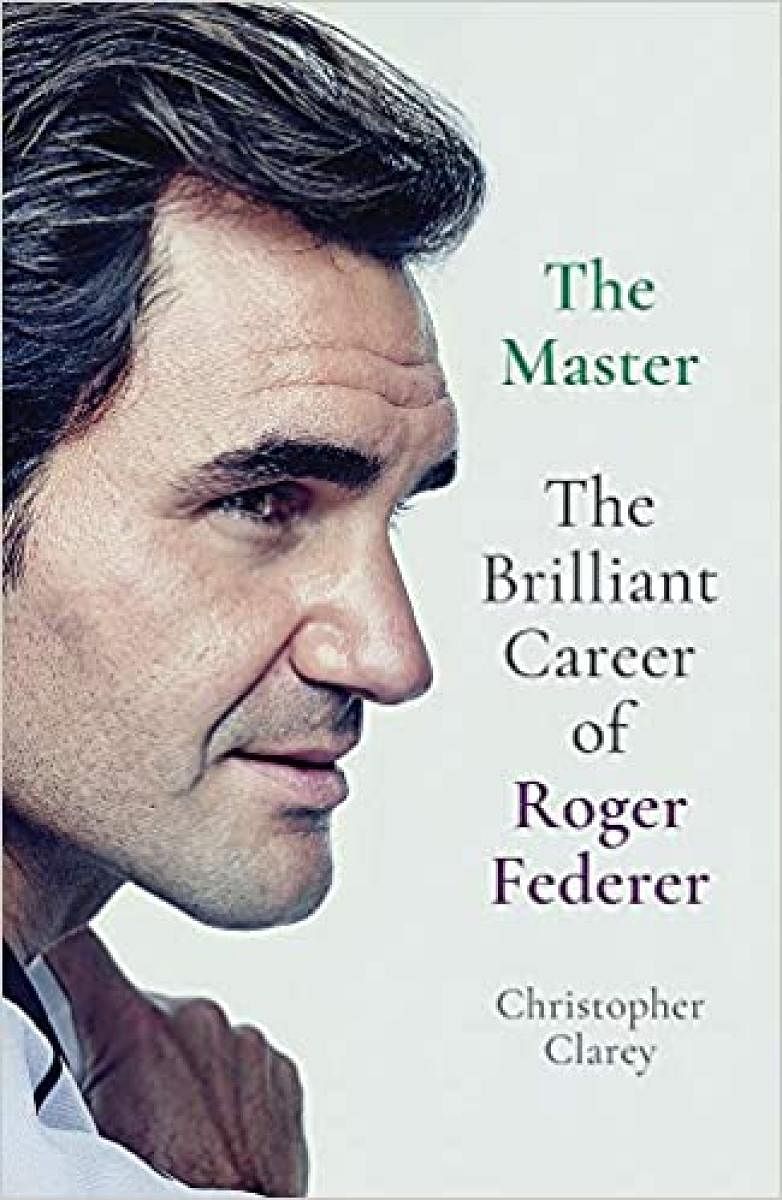
Even the most casual followers of sports know who Roger Federer is, perhaps the greatest tennis player ever born. His style, panache, grace, success, failure and the insatiable hunger to be the best at his craft is well-documented. Federer, despite turning 40 this August, still remains not just the most popular tennis player, but also one of the most marketable and celebrated athletes in the world. Be it Australia or America, even if Federer is competing against a player from the respective country, a large amount of fans will be cheering for him.
A lot of that has been seen on television considering Federer has been an active player for more than two decades. Enough has been spoken and written about his greatness — from being a short-tempered teenager prone to breaking racquets in anger to one essaying gentlemanly composure even in gut-wrenching defeats, his natural ability to connect with people in an instant, the innumerable sacrifices he has made to end up being the yardstick with which rivals measure themselves, his love for family...there’s plenty of content available for anyone willing to study the great man deeply.
Tremendous insights
So then what makes ‘The Master: The Brilliant Career of Roger Federer’, written by Christopher Clarey, special and separates it from the others in the market? The short answer— his tremendous insights, not just about Federer, but about many things connected with him; that’s what makes this book a must-read for tennis and sports buffs. Clarey, one of the foremost tennis journalists in the world who has been covering the sport across the globe for over three decades now, conjures up all his experience in compiling a masterful recollection of the master.
The book deeply explores Federer’s early life, him leaving the comforts of home to train as a teenager at the Swiss national training centre in Ecublens, a phase where he made some lasting friendships, some of whom are still an integral part of his life. It also dwells deep into Federer’s habit of chopping and changing coaches constantly in a bid to stay ahead of the curve. Most top players generally don’t like to change their entourages — largely because they like to hear what they want to hear — but Federer isn’t afraid of being told the bitter truth.
Clarey nicely rides along with Federer across eras, him besting previous generation superstars Pete Sampras and Andre Agassi to then dismantling rivals Andy Roddick and Lleyton Hewitt and then matching up against new-age forces Rafael Nadal and Novak Djokovic. Blessed with access to some of the greatest minds in the game, he chronicles Federer’s incredible journey with wonderful anecdotes.
Not a hagiography
Clarey, among the very few granted access by Federer to certain aspects of his inner world, has maximised that privilege too. He gives us an understanding on Federer, the father of four children, Federer the husband, Federer the businessman, Federer the politician and, very importantly, what Federer is as a human being. Is he the very affable guy that’s been fed to us, does he ever get angry, what happens when he suffers some gut-wrenching losses, does it hurt him, does he like to party like normal humans….many such question are answered in detail by the author.
The book though is not a pure Federer hagiography. It talks about his role in the sacking of a Swiss Davis Cup coach, his constant involvement in the politics of ATP, the professional body of men’s tennis, why his wife Mirka Vavrinec, who has managed most of his career, is seemingly not the most loved person on the circuit, the brief friction between him and protégé Stanislas Wawrinka, the decision to leave top player-management firm IMG and form his own company called Team8 along with his agent Tony Godsick and the creation of Laver Cup which didn’t go down well with some governing bodies.
Another fascinating aspect about the book is the analysis of Federer’s rivals — Sampras, Agassi, Hewitt, Roddick, Marat Safin, Nadal and Djokovic. Clarey, having seen all of them play, wonderfully explains the differences between them and Federer, but beautifully captures the common thread between all too.
The author acknowledges in the end that the book may have taken a year to write but the actual journey began when he watched Federer play for the first time at the French Open in 1999. The recollection of several old interviews conducted during the ensuing two decades adds more weight to an impressive book. It’s a good encyclopaedia to have on your shelf.